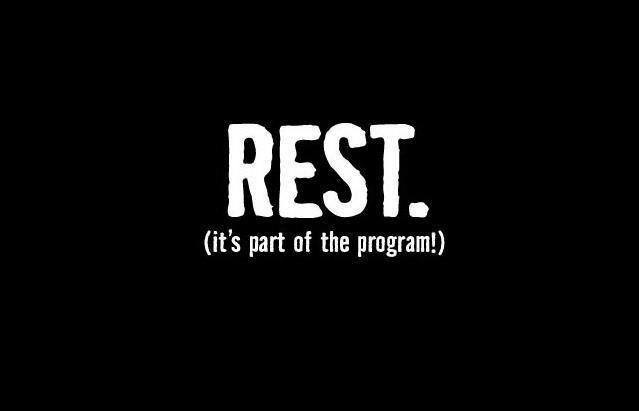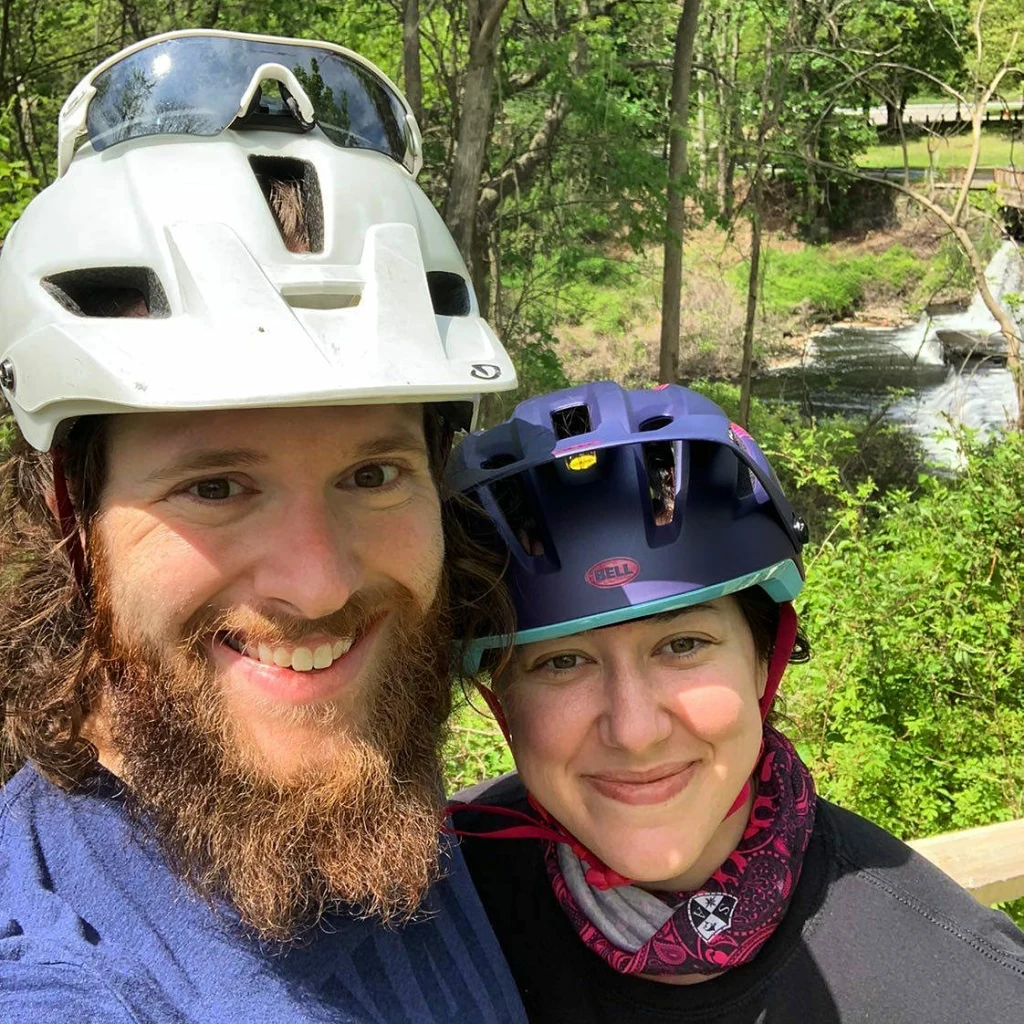Who remembers that 1990 Salt-N-Pepa jam, “Let’s talk about squats?” Now classic, it was in the groove and just made you want to move. I’m pretty sure even the Luddites would find their hips moving to that beat. Let this set the stage:
Now you’ve got some great background music for the next 5 minutes. Let’s talk about how we need some squats.
First off, from a ‘need’ standpoint: We probably don’t need to squat. You can still achieve incredible looks, performance, and well-being without squatting. Anyone that tells you they’re absolutely mandatory is either lying to you or getting carried away, but at the same time, anyone that tells you that they’re completely over-rated may not know how to coach them, or appreciate the benefits of them.
Let me go on record and say that I believe that everything that has the ability to squat pain-free should squat. That’s not to say that a painful squat means you should never squat, but let’s take that off the table today. Barring pain, there seems to me to be two big reasons why people don’t squat. The first comes from not actually doing it; folks who sit for so long throughout their day that they consciously or unconsciously choose not to do it. The second comes from those who want to do it, but in the learning process don’t actually know what to do.
I can’t blame you; this is what comes up when I did a Google Image search for squats:
There isn’t a single picture up there that I would share as a recommendation or example of a good squat, but that’s what our squats tend to look like. If we consider spending 6-16 hours a day in a chair as “normal,” one could consider these squats as normal as well, and that’s probably why people don’t want to do squats, or don’t enjoy doing squats.*
As Dan John has been quoted saying, “Squats don’t hurt your knees, the way you squat hurts your knees!” I’m not of the camp that believes there is one textbook perfect way to squat, but I also don’t believe in completely open movement exploration. The “Try this, try this, try this… what does this feel like… how about that?” approach is great for kids with coloring books, but I believe we can streamline the learning process when we get closer to optimizing the squat for any single body.
Let’s talk about the first squat I like to start everyone with. It’s a supported deep squat that goes along with breathing. Here’s a great example from Eric Cressey:
If you’re not around a bench or squat rack during your workout, you can also do this with a kettlebell or dumbbell as an anchor. We just integrated this into our warm-up at MFF, and I’m very excited about it. This is one warm-up drill that I’m approaching a 100% blanket recommendation for. If we pass each other in Times Square and you ask for fitness advice, I’ll tell you to do deep squat breathing. That doesn’t mean it’s necessary to do before you walk the dog or run away from a bear in British Columbia, but it should be in your warm-up or your cool-down.
After listening to Sheri Walters drop pelvic floor knowledge bombs at Perform Better this summer, I think that a supported deep squat can get a lot done.
Knowledge bombs on the pelvic floor from @SheriWalters1. DNS, PRI, XYZ combined for glory. Bottom line: Deep Squat. http://t.co/UI0TKKNR2D—
Harold Gibbons (@Harold_Gibbons) June 15, 2014
There will always exist the option to take a movement and try it until it feels good, but I believe that deep squatting before you load your squat can make it better. This is because of the pelvis position. If we can control some of that extension that we’re driven to, we’re more likely to squat with a neutral spine. Remember kids, a neutral spine is a happy spine. A spine that moves a lot under load is less desirable:
If the squat STARTS with an exaggerated arch in the lower back, then it will HAVE to round out at the bottom. Our leg bones and hip bones can bang into each other if that arch stays put, so we round to prevent that impingement. It’s not your hamstrings, folks. It’s your lumbopelvic control, and to learning to control the curve is pretty simple. Let’s take a look at the deadbug.
The deadbug is probably above the plank on the list of ab exercises that look simple, but aren’t. Lay flat on your back, pull your lower back into the ground as if you’re crushing a bug, then lift your arms and legs towards the ceiling as if you’re a deadbug. That’s the set-up. To make this guy really work, exhale. Once the position is set, breath control is the most important thing here.
Now that we’ve found our abs in a supine position, flip over to your hands and knees to squat. That’s right, it’s a horizontal squat, or a rock back. This can help you determine the most comfortable knee position, a la the McGill Rockback Test, and copy the same ab engagement as the deadbug. Check out this example from Dean Somerset.
I actually prefer Dean’s example to mine because the demo I’ve used shows me in extension, with the actual pelvic movement we’re trying to avoid. As comfortable as this curve may be for some, and as comfortable as it was for me, it’s relies on ligaments, not muscles, and can lead to problems down the line. For reference, check out that excessive curve through my lumbar spine:
The amazing things that you learn in a year! Again, that’s too much extension through the lower back.
If you’re owning Dean’s version of the rockback, with a lower back as close to flat as possible, it’s time to move to a standing squat. The best way to start is with a weight supported in front of you, as it’s a better reminder to find the ab tension we had through the deadbug and rockback. A goblet squat is the simplest way to go.
If you’re missing the ‘core’ that you get from the deadbug, that’s fine. It’s probably not the most energy efficient way to move, and we’re silly for always demanding all of the abs all of the time. Considering that we’re not evading elephants, and post-workout protein is plentiful, let’s try to create that tension, shall we?
Adding a press out with one kettlebell in the bottom position can increase the work that your abs have to do, and also serves as a reminder of that bottom position. Here’s a press out:
If you have access to kettlebells, a double bottoms-up squat is the way to go. To be honest, this is probably my favorite squat example to date, as it’s next to impossible to practice these without creating the abdominal tension needed to hold your spine in neutral. Grab two (lighter) bells, flip them upside down, and then have a go at these:
Learning how to squat isn’t as simple as picking things up and putting them down. If it was, we’d all be banging out squats everywhere we go. If you’re struggling with this movement, don’t worry. Here’s your check-list to get it done:
- Try out that deep squat stretch with a calm breath for 1-2 minutes.
- Breathe through some deadbugs to fire up those abs.
- Set the pattern with a smooth rockback.
- Load it up and you’ll move like magic.
Concluding that it’s as simple as doing it is a misunderstanding of both movement and the mind. Talking about squats isn’t easy, and learning them isn’t either, but it doesn’t have to be hard. Moving well is about creating multi-level experiences that drive you to move in desirable ways, through levels. It’s graded exposure; this is how we learn. Now, let’s give this a try.

* If you’re a meathead who thought, “People don’t like doing squats because they’re hard, please send this to anyone who has called you a meathead. Let’s help people squat.






Leave a comment